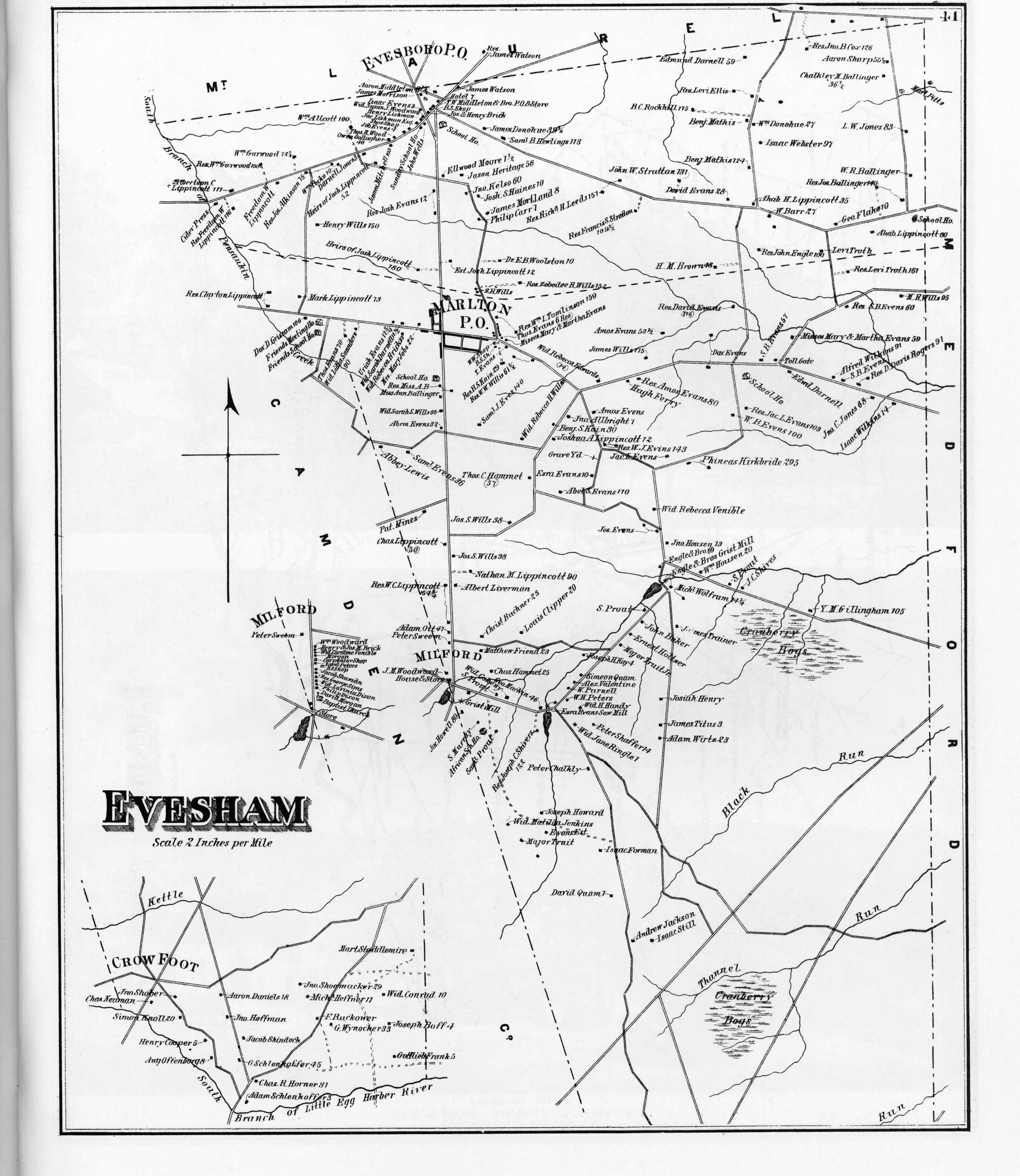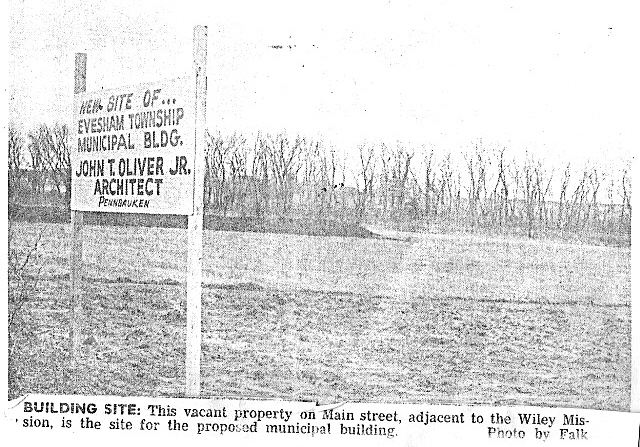

While nominally 10% of the land, these were not divided equally. The final border, known as the Keith Line after surveyor George Keith, was not officially agreed upon until 1702 and that border still serves as much of the border today, separating Burlington County from Ocean, Mercer and Monmouth Counties.Īfter establishing West Jersey, the land was subdivided into ' Tenths'. Trying to read through ownership records of New Jersey from the 1600s is difficult - the documents are a convoluted jumbled mess of Dutch and English claims, English grants to noblemen who subsequently went bankrupt and competing claims to the same lands, not to mention the fact that the English language used back then is substantially different than what we use today.Īfter originally settling in the area in 1672, a group of four Quakers (including William Penn) wished to establish a Quaker colony in the western portion of New Jersey, and on July 1, 1676, the division of New Jersey into East Jersey and West Jersey was established.

Note that northwest New Jersey was 'provisionally' part of Burlington County Southern Jersey, including Eversham, in 1700 I wanted to mention this in the beginning, so you don't think there are multiple misspellings below.)

(One of the first things I learned was that the town was originally named Eversham. Some of the descriptions I've included from the original text not so much to help understand where the borders of Evesham are, but to document the process and language used to establish borders 300+ years ago. I'm sure some corrections may be needed, as there are probably some people more versed in our township's history waiting to tell their story, so please feel free to email me or comment on the post when this gets posted to Facebook. So recently I wondered how Evesham got its shape.

Several years ago, there was a fascinating show on the History Channel called 'How The States Got Their Shape.' The show described how the borders of each state were established, how they changed over the years, and a lot of the idiosyncrasies involved in defining the states as we know them today.


 0 kommentar(er)
0 kommentar(er)
